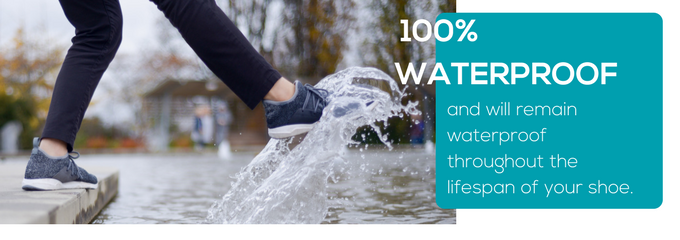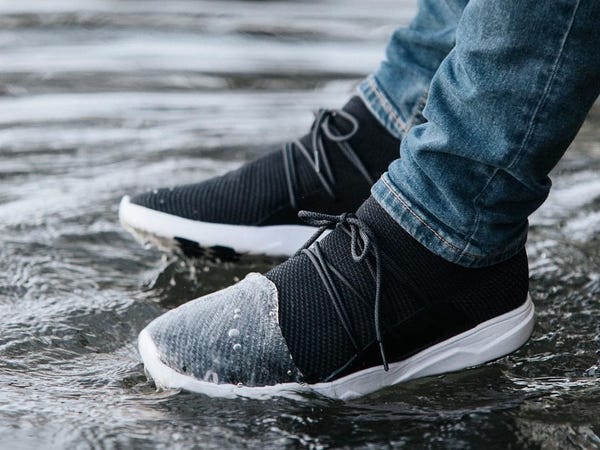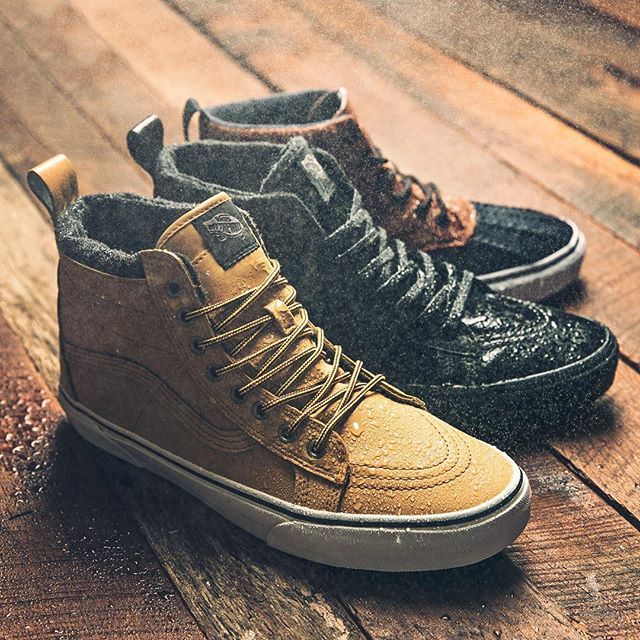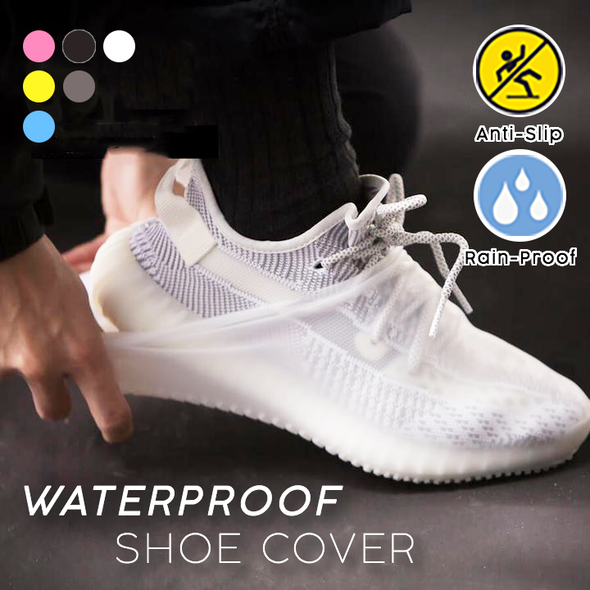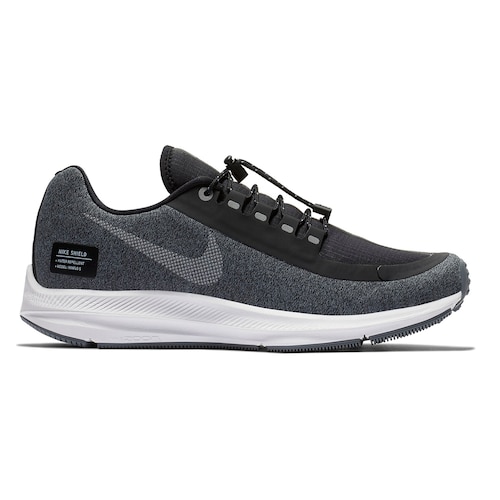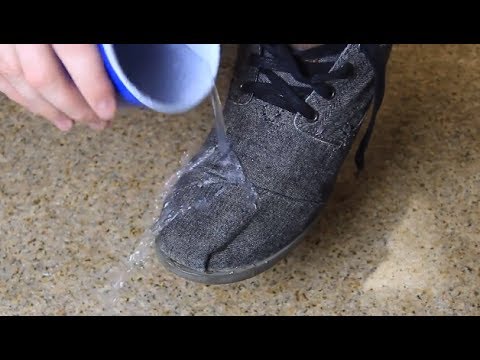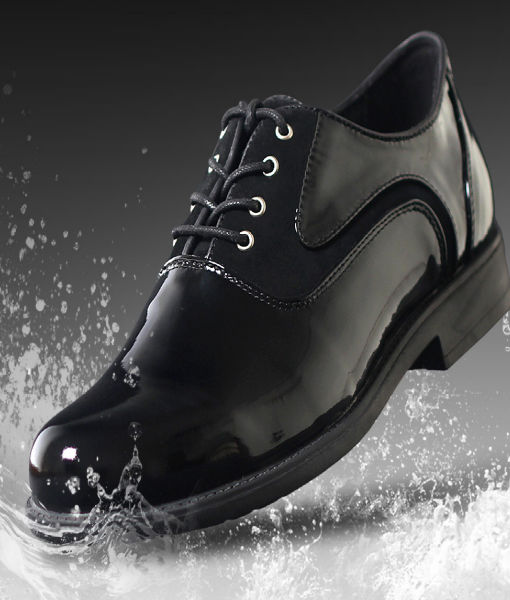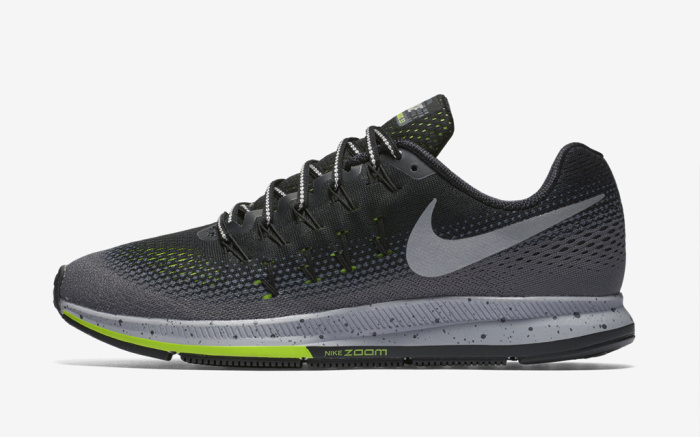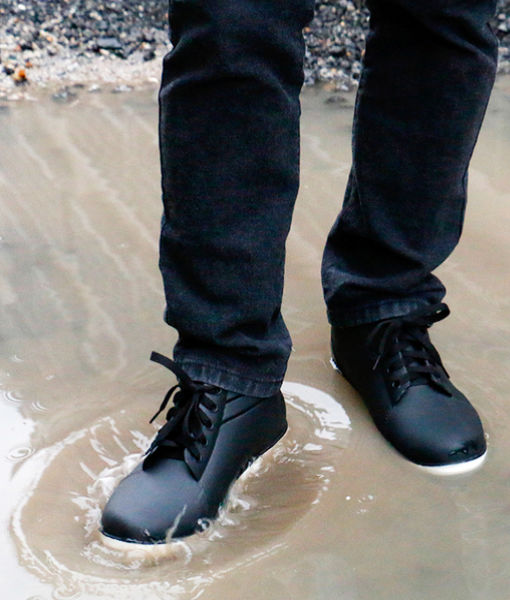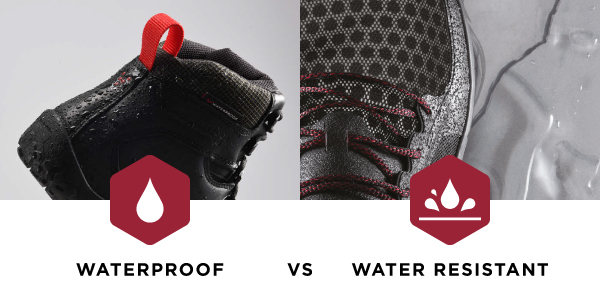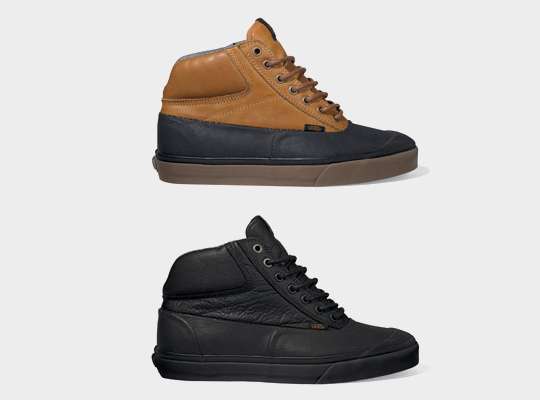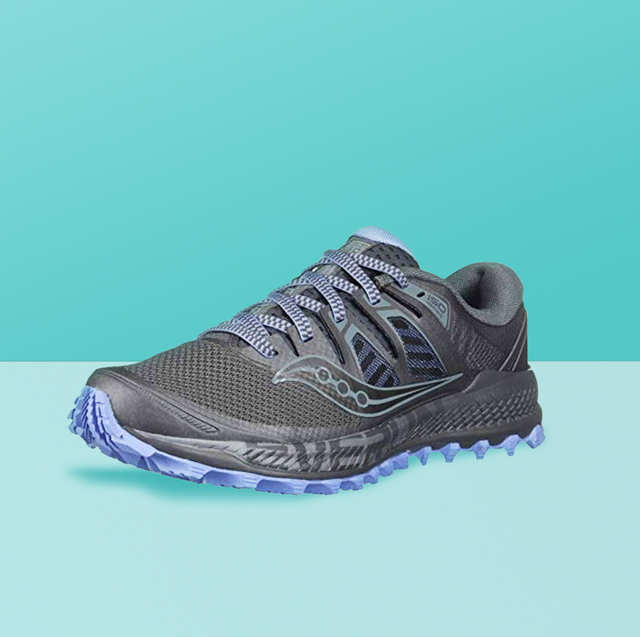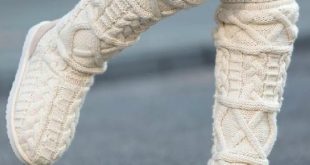Shoes are usually like cars: once you take them out they will undoubtedly get dirty, discolour and lose their appreciation. Here's a rude awakening: when you go exploring in wet conditions, such as delayed downpours, dew-covered grass, liquefied snow, unpruned spring crossings, or just stickiness, your feet get wet. Allegedly, waterproof shoes will not keep your feet dry.
Through the wide opening into which you embed your foot, water can penetrate into the shoe or boot. It can drip into this opening, z. B. in the midst of a rainstorm or when strolling through thawed grass, or it can be filled when a spring is required, which is higher than the stature of the opening.
Waterproof shoes, d. H. Moisture, can not penetrate and keep your feet dry from outside moisture. Likewise, the case will loosen over time and over time and will never be waterproof shoes again. Complaints without outside help are never as big and durable as industrial plants.
There are two problems with these waterproof shoes. First, it is insignificant that the humidity does not flow through the fabric as well as the graphics suggest. On warm or wet days you will notice that sweat accumulates inside the shoe shoe. Secondly, soil moisture, sweat, body oils and scratch marks quickly degrade the waterproofness of the fabric. It does not take long for moisture to enter and wet the fabric
 rocbe.com Styling and fashion ideas
rocbe.com Styling and fashion ideas
